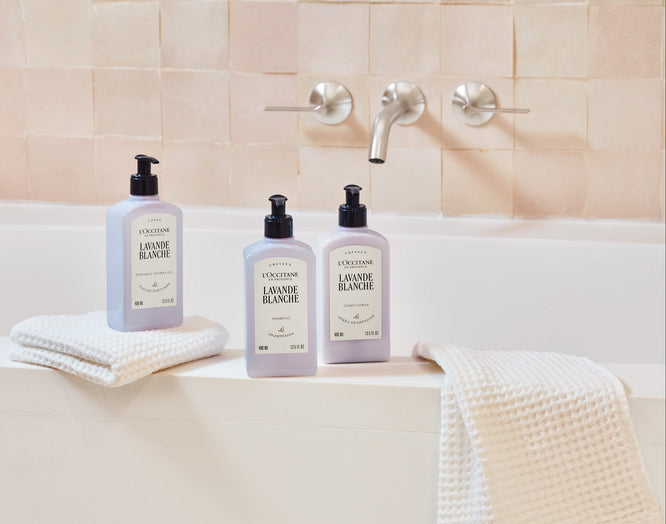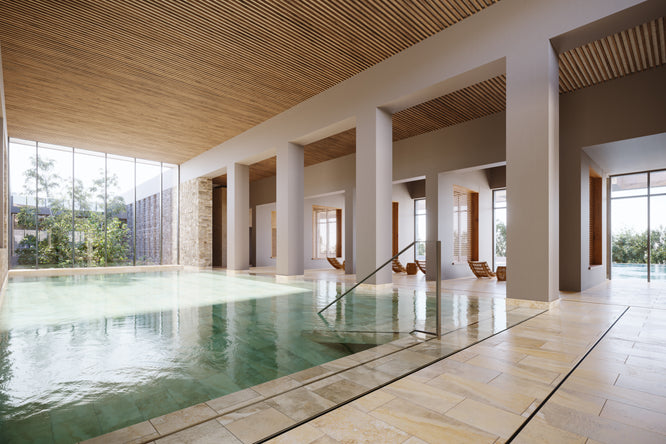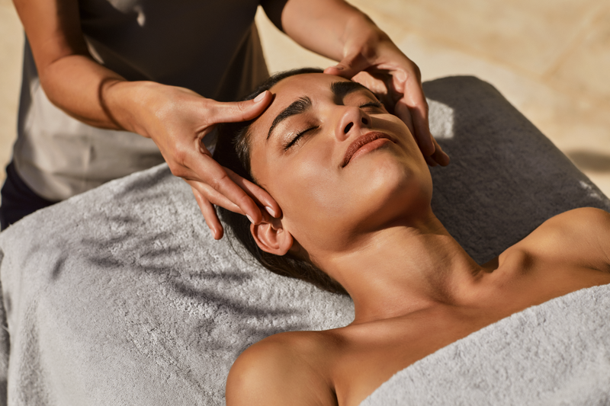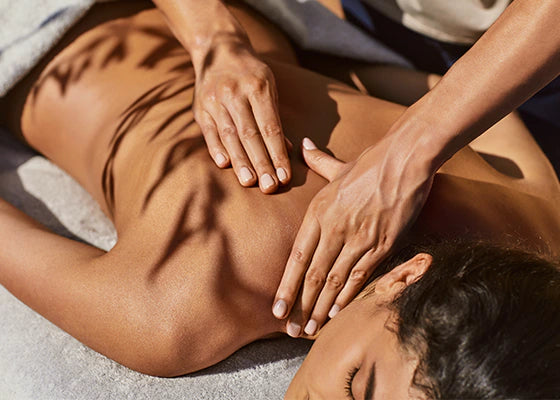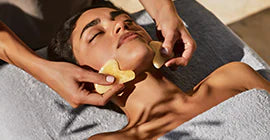Dr François Duforez Interview

Dr. François Duforez
Founder of the European Sleep Center Paris
What are the specific neurobiological effects of the nap on overall recovery?
The effects of the nap vary depending on its duration. For a 25-minute nap, similar to the duration of the Power Nap Massage, the physiological and cognitive benefits are particularly notable.
This type of nap, known as the Navigator's Nap, which lasts between 5 and 40 minutes, is often cited as optimal for improving alertness and performance without causing post-nap drowsiness. It allows entry into stages 1 and 2 of sleep without reaching deep sleep, thus facilitating a quick and refreshed awakening.
These stages are associated with the normalization of cortisol and a reset of the immune system. Heart rate decreases, and breathing stabilizes, promoting deep relaxation.
With this study, we wanted to demonstrate that this nap duration is optimized when combined with relaxation practices such as massage and breathing techniques, which stimulate the autonomic nervous system, particularly the vagus nerve. This nerve plays a crucial role in recovery by acting on cerebral, cardiac, respiratory, and digestive levels.
By stimulating the vagus nerve, the Power Nap Massage can thus offer significant effects on relaxation, overall well-being, vitality, and recovery.
What specific measurement tools were used to study the effectiveness of L’OCCITANE’s Power Nap Massage?
The study was conducted in a monocentric and randomized manner, involving 17 subjects with fragile sleep in response to stress. Each participant was exposed to four experimental conditions, serving as their own control: Control, Nap, Power Nap Massage, and Regenerating Ritual.
We used several scientific tools for this study. First, validated subjective questionnaires were used to assess various parameters such as well-being, dynamism, and eye openness using visual analog scales.
In parallel, we applied objective methods to ensure the scientific rigor of the study. The sinusoidal variability of the R-R cardiac electrical wave was measured using a validated heart rate monitor, following a strict protocol. An increase in this variability indicates a significant beneficial effect on health. Additionally, brain activity was monitored by electroencephalogram (EEG) using an EEG headband, recording brain waves for each condition. A slowdown in these waves is associated with an increased state of relaxation.
How do you evaluate the impact of this study on overall well-being and the contribution to the ESC?
This study clearly and convincingly demonstrates the inseparable link between well-being and health. According to WHO criteria, good health is not just the absence of disease but includes the maintenance of physical, mental, and social well-being. The results show that techniques based on multisensory experiences are not only enjoyable but also effective in improving health parameters.
The increase in heart rate variability and the slowdown in brain waves observed indicate a significant reduction in stress and an improvement in relaxation. These effects have positive repercussions on sleep quality, mood, and overall vitality. This type of holistic well-being, combining pleasure and effectiveness, represents a promising advancement not only for the ESC but also for any organization seeking to promote a global approach to health.
This study not only confirms the benefits of non-therapeutic massage practices but also opens the way to broader applications, demonstrating that the environment and a holistic approach can play a key role in stress management and well-being improvement. It perfectly illustrates how innovative and sensory approaches can transform health and well-being, making these practices accessible and beneficial to a wider audience.

